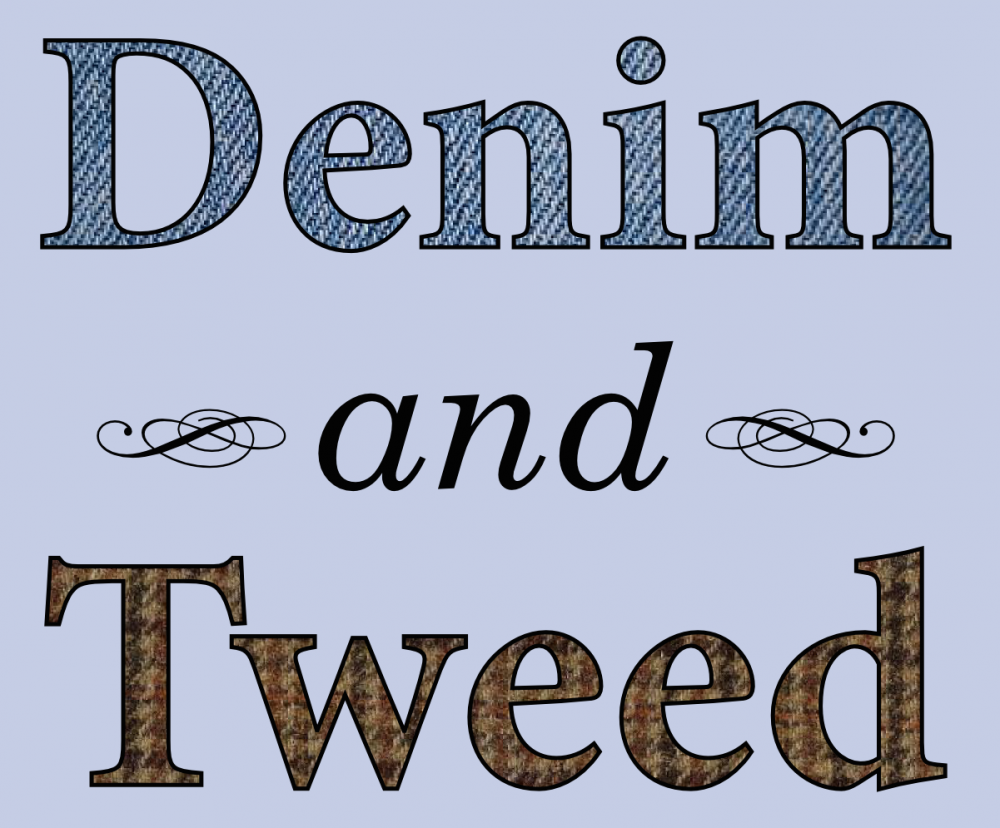 Insects in a museum collection. Photo by Leeds Museum and Galleries.
Insects in a museum collection. Photo by Leeds Museum and Galleries.This week at The Molecular Ecologist, I discuss some emerging initiatives to collect biodiversity data with a little help from the entire Internet:
… the websites iSpot and eBird ask volunteers to record their natural history observations directly, creating crowd-sourced records of species occurrences. (iSpot covers everything from amphibians to fungi, while eBird is specialized exactly as you would expect from the name.) Both of these sites provide educational resources in concert with their data-collection missions; iSpot through user-generated quizzes, eBird by helping bird-watchers find new species in their own neighborhoods. And both of them make their datasets public.
Have you ever worked with crowd-sourced data like this? Go read the whole thing, and tell us about your experience in the comments.◼









